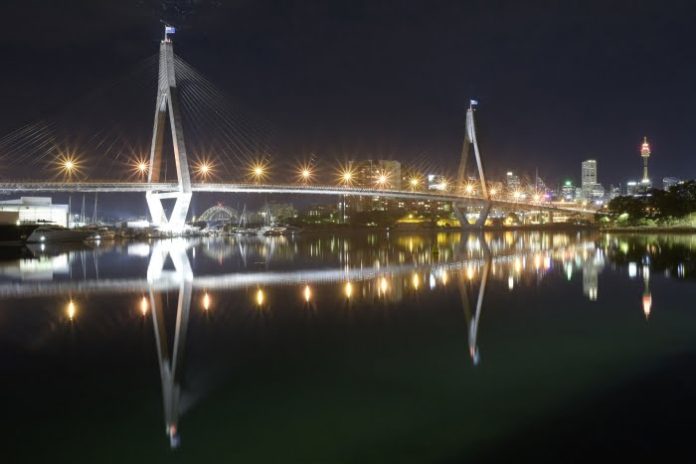HOW sharp are fixed wide angle camera lenses? We do often use angles of view of 90 degrees at F1.6 and we like them as they are set and forget, with no drift of moving parts as you might get with varifocal lenses. But we sometimes wonder if we are missing out on quality with a fixed lens and such a fast aperture. What does SEN think?
A: Typically, any lens is sharpest a couple of stops down from wide open – for an F1.6 lens that will be around F4. The correct apertures to shoot front to back of scenes are the narrowest aperture numbers – F8 at least and preferably F16 or narrower, diffraction (and light levels) permitting.
Of course, with a fixed wide-angle lens, you have a fixed aperture but even if stopping down was an option, there would be issues in CCTV applications. Narrow apertures mean less light on the sensor, mean slower shutter speeds, mean blur, so even if you did have the option of a narrower aperture, it would not help in terms of overall performance.
Wide angle lenses have a close hyperfocal distance and are generally in focus to infinity but they have a definite sweet spot before pixel spread robs image streams of sharpness – the deeper in you go, the softer detail will get. For a lens with an angle of view around 90-100 degrees we think the sweet spot is going to be between half a metre and about 10m from the lens.
What you need to make sure of is that you select angles of view that best suit the width of the scene and the depth of field you require. If you need both wide angle and depth of field you may need to install a few more cameras to ensure you get appropriate coverage. In scenes with shallower depths of field, pixel spread is not going to be the issue it might be for investigators on the street.
All this said, there’s no doubt longer focal lengths will offer excellent detail and enhanced performance in tough conditions but through a narrower angle of view – it comes down to what you need the most.










